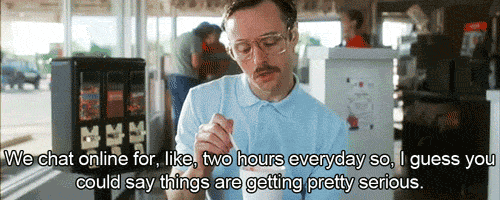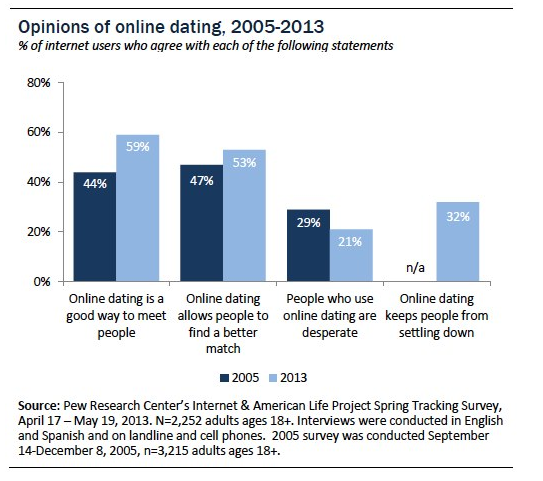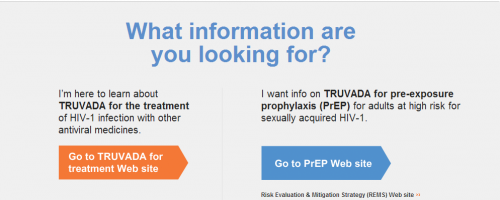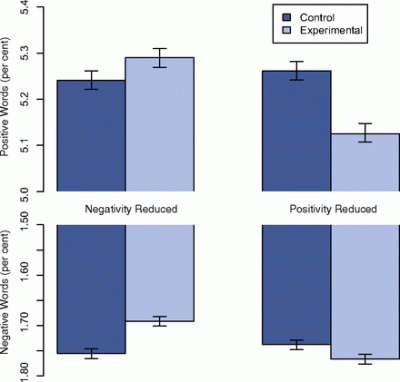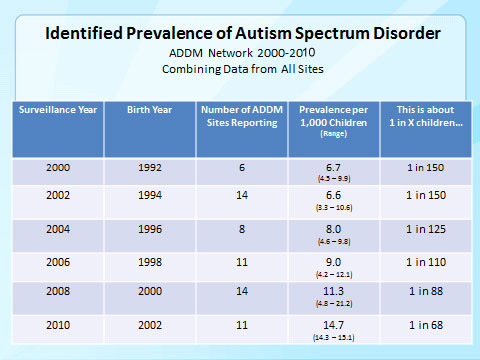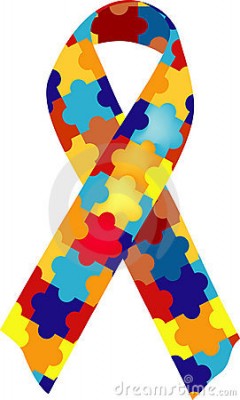
On 25 February 1940, an officer with the San Francisco police department’s homicide detail reported a “rather suspicious business” operating in the city. At 126 Jackson Street sat an old, three-story rooming house, recently leased by Dr. Henri F. St. Pierre of the Dermic Laboratories. As Assistant Special Agent J. W. Williams later described the scene, “women had been seen entering the place from the Jackson Street side at various times of the day, subsequently leaving by … an alley at the rear of the building. Following the arrival of the women, cars would arrive with a man carrying a case resembling … a doctor’s kit. They would also enter the building for a short time, come out, and drive away. . . .” At first sight, the medical kit, the furtive departures, and the seedy locale all signaled to Williams that St. Pierre was running a “new abortion parlor.” As it turned out, however, “the so-called ‘Dr.'” was offering a somewhat different service to these women: the removal of their unwanted body hair through prolonged exposure to X rays (quoted directly from Rebecca Herzig’s Removing Roots: ‘North American Hiroshima Maidens’ and the X-Ray).
Body hair. Humans have it. Where they have it, how much they have, and what color it is, holds moral connotations tied to cultural norms of both gender and race. In the simplest sense, men should be hairy. Women should be hairless. And it does take effort to implement some crafty methods, like the use of an IPL device, to shrewdly make people believe that body hair on women is something that’s unheard of.
Hot wax hair removal is one of the most popular ways of removing unwanted hair. This type of hair removal would require for you to heat the wax on a microwave before using it. Compared to using epilators or shaving, where you have to do it daily to be hair-free, hair waxing is more efficient as it allows hair-free part’s of the body for about 2-3 weeks. This method never fails to give your skin a smooth and fresh look. Another advantage of using hot wax is that it gives a softer feel as the hair that would grow back are with tapered ends, which do not give that prickly feeling that you get when you use epilators, depilatories or when you shave. Waxing and Skincare by Celeste hair also works on peeling off the top layer of the skin, which does not only remove unwanted hairs but also removes the dead cells on the skin. It is important to read the instructions very well when applying wax for hair removal, make sure that you don’t get burned by it.
If your goal is a regimen of totally natural skincare, then look no further than your pantry. If you want pre-fabricated natural skincare products, then here is some advice on what to look for.
Your personal skin care needs will determine which ingredients it is necessary for you to use. Let’s first look at moisturizing, since that is an area which concerns everyone. Even those with oily skin should focus on moisturizing in their natural skincare program.
The sebaceous glands naturally excrete an oily substance known as sebum. It is actually the debris of dead fat producing cells. Sebum has been a difficult substance for natural skincare products to match in consistency. Three natural skincare ingredients come very close to replicating sebum in texture. They are Jojoba, Babassu wax, and Maracuja passion fruit extract. The three of these ingredients working together will bring balance to the skin’s natural sebum production. Jojoba wax is derived from the Jojoba shrub, which is native to California, Arizona, and Mexico. The substance has been shown to have strong antioxidant properties. The Native Americans used Jojoba ground nuts in order to treat burns, as the substance accelerated the healing process. Jojoba has become so popular that it is now being harvested on plantations. It is on these tracts that the Jojoba seeds are being processed for their oil, which is then added as an ingredient in natural skincare products. It is very similar to human sebum in that it is a long, straight chain ester.
The good and moral woman has little to no body hair, and the body hair she does have is only on her legs, and all of those hairs are blond and fine. For those of us who fail to naturally achieve this bodied moral norm, the medical-cosmetic market offers an array of technologies to help hide, temporarily or permanently, our moral failing. 
****************
About a month ago I exchanged the following text messages with a friend[i]:
Friend: Yoga!!??
Me: Don’t judge me, but I’m going to get full-leg laser #feminismisdead
Friend: Ha!!! Choose your choice!
Friend: #Hairbeltproblems
Me: Right!?
Friend: Go get third wave smooth 😉
Laser hair removal relies on lasers that find and kill active hair roots. Hair growth happens in cycles. Killing all of the roots and producing permanently[ii] hairless skin typically takes 5-6 treatments. I’ve had one treatment so far. I spent two bare-legged hours while the goggle-adorned technician carefully traced the laser over my skin. It feels like continuous snaps of a tiny rubber band and smells like burning hair. It’s weirdly satisfying and from what I can tell, quite effective.
In what follows, I use the lens of laser hair removal technologies to work through and trace the three waves[iii] of feminism. I intend this as both an implicit argument and an explicit teaching tool. The argument herein is that politics and political discourse are written into and through technologies—especially those of the body. More concretely, this piece can be of pedagogical use in its delineation of feminist waves, as instantiated through a relatable and grounded example.
Of obligatory note, the three “waves” of feminism are far from clear and remain contentious in their definitions. Moreover, their temporal and ideological overlaps inhibit clean distinctions. With that said, the waves follow, generally, from a focus on women’s civic participation (first wave), to a focus on overturning patriarchal structures and regaining control of women’s reproductive rights (second wave), to a disintegration of the “universal woman” with an insistence on intersectionalities and empowerment through reclaimed sexuality (third wave).
****************



First Wave: Who cares about bodies, we just want to vote!!
The first wave of feminism, typically dated to the late 19th and early 20th centuries, was all about women’s civic participation. In particular, it was about women’s suffrage. Bodies, though the site of unequal citizenship designations, were not central here. It was during this time that X-ray hair removal, referenced in the opening quote, was in its heyday. Had laser been available, I imagine some of the most strident feminists would have taken advantage. Rather than celebrated, women’s bodies during first wave feminism were strategically absent. Women’s minds, the feminists argued, were not constrained by feminine frailty. Women deserved a voice despite their bodies. “Real” womanhood—beauty, compassion, motherly-ness—would bring new and important perspectives into the public sphere. The perfect first wave feminist was the middle class, cultured, and appropriately hairless woman.
Second Wave: Screw hair removal!! Let it grow, let it grow, let it grow.
The second wave of feminism, typically dated from the 1960s to the 1990s but continuing into the present, is the home of radical women’s liberation and efforts to recognize and overturn patriarchal structures. In particular, second wave feminists fight vehemently for women’s control over their own bodies, and against the controls—often so deeply embedded as to remain ambient—of patriarchy.
From a second wave perspective laser hair removal machines are an inherently patriarchal and oppressive technology, further perpetuating impossible body standards, transforming women’s bodies into those of pre-pubescent girls, and charging women for the privilege of this transformation. To this latter point, the intersection of capitalism and patriarchy locate women—in this case, women like me— in the position of literally consuming their own subjugation.
Third Wave: It’s my body and I’ll laser if I want to!!
Third wave feminism, typically dated from the late 1990s into the present, re-fragments womanhood, insisting there are infinite “right” ways to be a woman, and those multiple ways are valuable and respectable. Of particular relevance, third wave feminism promotes a reclaiming of sexuality and the body, such that hyper-fem, masculine, and queer sex and gender preferences and performances deserve equal respect and institutional avenues within society. Third wave is all about informed options. Do what you want, but know why you’re doing it, and food goodness sake, do it because you want to.
From a third wave perspective laser hair removal machines offer an option for bodily configuration. They are not inherently patriarchal or feminist, but can be used for varied ends. Those who choose laser can do so because they are in charge of their own bodies. Laser is therefore a tool in women’s control over their own embodiment. It is also a key tool in trans* embodiment, as these technologies are a means of performing femininity and accomplishing a feminine presentation, regardless of genital or chromosomal makeup.
In addition to empowerment, however, the third wave perspective facilitates a critical analysis of the raced and classed nature of laser hair removal technologies. In short, these technologies were made for white people, and remain available exclusively to those with expendable income.
A key component of third wave feminism is its insistence that feminism operates at the level of intersectionality. Third wavers remind us that race, class, and (dis)ability all intersect with issues of sex and gender.
Laser treatments are expensive. As a tenure-track professor, I have a definitively professional job, with a comfortable salary. Yet, were it not for Groupon—which reduced the price of my package from thousands of dollars to hundreds of dollars—laser would not be an option for me. Laser remains unattainable for much of the population. Those who can pay get to have a culturally defined “moral” body. For those who cannot pay, the moral battle—fought with razors and Nair—continues.
Laser technologies were also originally built for particular kinds of bodies. My skin/hair combination is light/dark respectively. As I joked to my laser technician, though undesirable in life, this combination is perfect for laser hair removal. Machines were built to seek out dark pigment, detecting black hair roots beneath pale skin. For a long time, laser was simply not an option for people of color. Although some machines have advanced, the additional capability to detect hair on dark skin is just that, an addition. And it’s an imperfect one. People with dark skin run a higher risk of burns from the laser. In this vein, my laser technician explained that we were able to use stronger settings due to my particular hair/skin color combination, while those with darker skin needed lower settings. This means my treatments will probably be quicker and more effective than someone with darker skin, costing less money and time, and subjecting me to less risk. Moreover, people with dark skin always still have to ask—rather than assume—that a laser facility will be able to treat them at all.
And so here I sit, with my privilege-enabled laser-smooth legs, relieved that my days of buying razors will soon be over, but still deeply unsure if my trips to the medical esthetician are at all different from the X-ray seekers of the early 20th century. And this reflects, experientially, what it means to be a feminist today. Today’s feminist brings with hir the history and politics of those who came before, and contends with the complexities that choice—real choice—entails.
Jenny Davis is an Assistant Professor of Sociology at James Madison University and a weekly contributor for Cyborgology. Follow Jenny on Twitter @Jenny_L_Davis
[i] Edited for typos (mostly mine) and length
[ii] Laser hair removal is not completely permanent. A small amount of hair can grow back in some people due to hormonal changes.
[iii] Some argue that feminism has 4 waves, and/or that there is a post-feminist wave. For the purposes of this post, though, I will stick with the well-established 3.
Pic Creds:
Headline: http://www.sodahead.com/fun/what-is-one-physical-quality-you-find-attractive-in-the-opposite-sex/question-1886893/?page=3&postId=60352625#post_60352625
X-ray http://samhs.org.au/Virtual%20Museum/adelaide-notable-collectables/Medical%20Collections%20Adelaide.html
Women’s suffrage parade: http://en.wikipedia.org/wiki/Feminist_movements_in_the_United_States
Vagina Monologues: http://commons.wikimedia.org/wiki/File:Vagina_Monologues_Poster.jpg
Anarcha-feminists: https://www.flickr.com/photos/holdoffhunger/8742971002/





